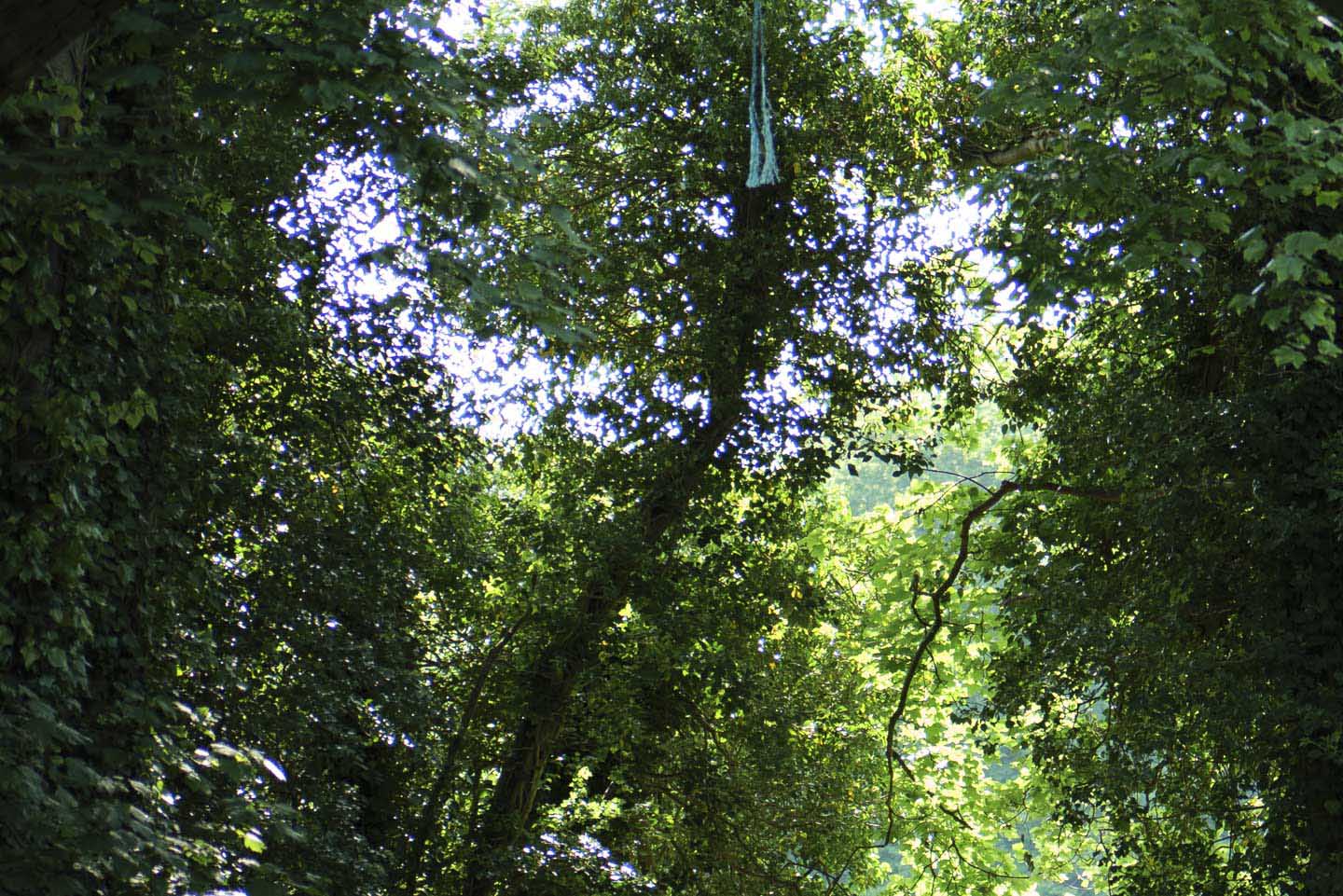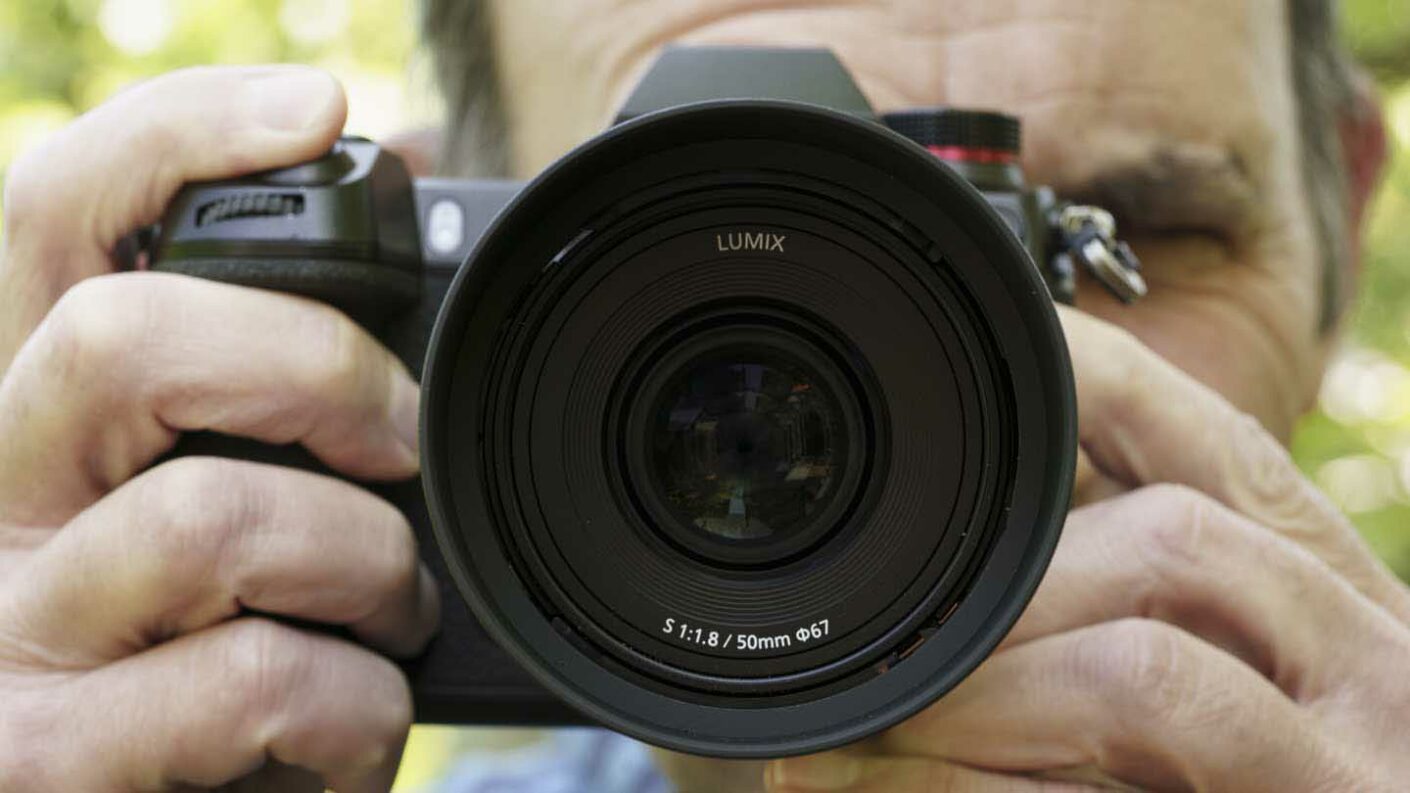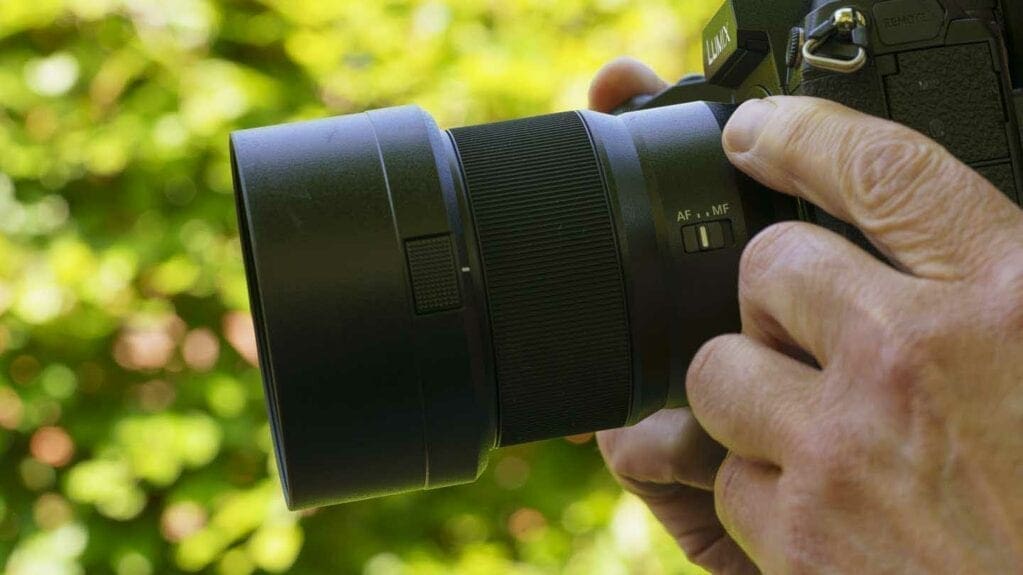The level of detail captured at the centre of the frame when the Lumix S 50mm f/1.8 is mounted on the Panasonic S1R, is very impressive. What’s astonishing, however, is how little detail is lost towards the edges of the frame – even when the aperture is wide-open.
Detail levels are also maintained well throughout the aperture range but it peaks at around f/5.6. Inevitably, there’s some sign of the impact of diffraction, but it’s not bad and I’d happily shoot at the minimum aperture of f/22 if necessary. Setting the in-camera Diffraction Compensation to ‘Auto’ helps sharpen up small-aperture shots a little, but I wouldn’t get flustered if it was turned off.
Also, even with the camera’s Vignette Compensation turned off, there’s only slight darkening of the corners of images shot at the maximum aperture. Closing the aperture to f/2.0 brightens up the corners and by f/2.8 the corner shading is negligible.
Nevertheless, if you shoot images of a plain wall or something similar and switch quickly between images shot at f/2.8 and f/4, you’ll notice a slight brightening of the corners in the f/4 photographs. In most real-world situations, however, the vignetting is likely to go unnoticed, and with the Vignetting Compesantion turned on in the camera’s menu, you won’t spot any.
I also couldn’t see any sign of curvilinear distortion, which means that straight lines stay straight.
After a spell of terrible weather, I was lucky to receive the Lumix S 50mm f/1.8 just as the sun came out. That meant I was able to check for flare outdoors – which is very well controlled – and examine lots of images of backlit subjects to search for chromatic aberration. The majority of my images show no sign of fringing, but a few with extreme backlighting show a hint of it and a couple show it quite clearly. However, I was able to eliminate the chromatic aberration very easily from the files using Adobe Camera Raw.
-

-
Crop to highlight the fringing
Panasonic relies upon contrast detection for focusing with its current cameras and when the Lumix S 50mm F1.8 is mounted on the S1R, the focusing is quick and accurate in good light provided that the subject is at a ‘normal’ shooting distance. It becomes a little more hesitant in low light and when the subject is close to the shortest focusing distance of 45cm, it struggles quite a lot. In most cases, I found I had to focus manually with close subjects.
It’s easy to switch to manual focusing by flicking the AF/MF switch with your thumb, but the S1R also has an AF+MF option in its menu that, once activated, gives the ability to adjust the focusing manually using the lens ring even though the lens is set to AF. In this mode, the shutter button needs to be half-pressed for the focus ring to function.
In good news for videographers, the focusing mechanism is silent and focus breathing is controlled very well – something that will also be appreciated by photographers who want to focus stack.
When the Panasonic S 50mm F1.8 is set to its wide aperture, depth of field is very limited and there’s rapid fall-off in sharpness behind the subject. This means that you can isolate your subject from its background very effectively, which is ideal for portraiture. Conversely, at the minimum aperture (f/22), there’s extensive depth of field, making it useful for a range of subjects including landscape and cityscapes.
If the aperture is wide open and depth of field is shallow, out of focus areas look smooth and pleasantly blurred. Specular highlights are also round and show now signs of onion rings or chromatic aberration. As you might expect, the ‘bokeh balls’ become more rugby ball (cat’s eye) shaped towards the far corners of the frame, but it’s quite subtle.







